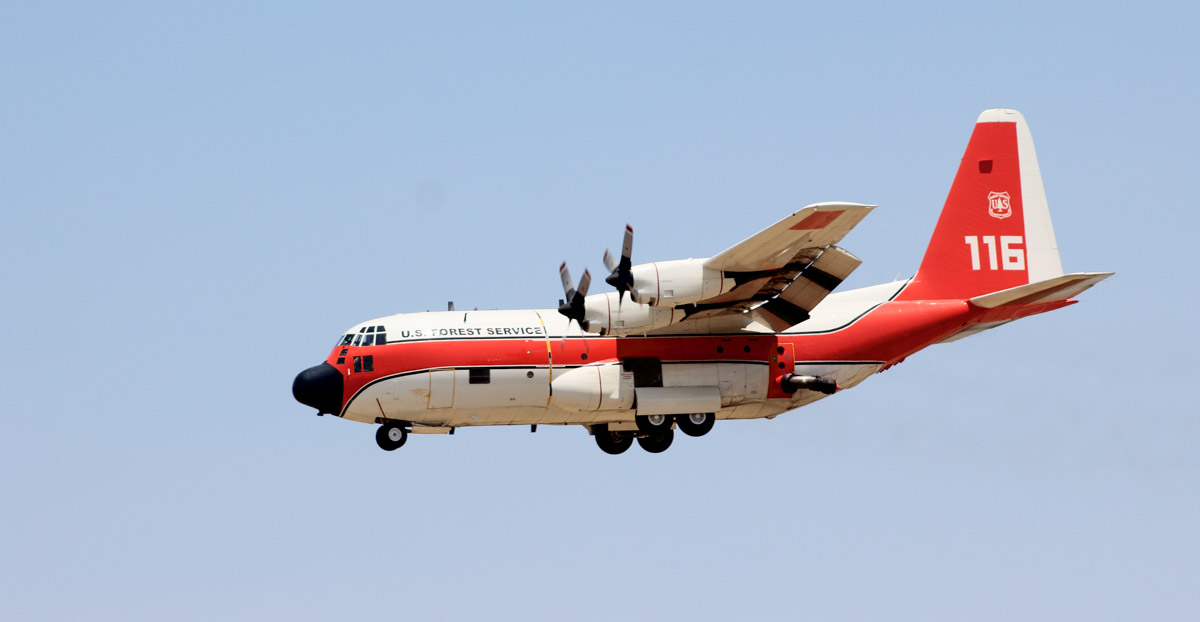

With a wingspan that wide, a 747 would not be used in canyons, Brown said. The S-2s have a wingspan of 73 feet, according to Cal Fire - one-third the span of the 211-foot 747. “S-2s are initial-attack planes that can get off the ground in five minutes to meet the objective of getting on a fire within 20 minutes,” Brown said. However, the 747 would be used differently. Limitationsįor example, some have said the new tanker is the equivalent of 10 of Cal Fire’s S-2 planes, which have a capacity 1,200 gallons. This isn’t the first time Cal Fire has contracted to use a 747 a different one was used in 2009, including on the Station fire in Los Angeles County and the Oak Glen fire in San Bernardino County. The agency will continue evaluating the aircraft over the next year and a half, she said. The conversion was completed in May 2016, and the plane flew its first fire mission in November in Israel.Ĭal Fire put it into commission last month after completing aircraft inspections and pilot proficiency evaluations, Upton said. To convert it into an air tanker, he had to provide 80,000 pages of documents to the FAA. It remained parked until 2015, when Wheeler got a call from the private equity group that owns the plane. 944 on its tail - started as a Japan Airlines passenger plane, then was converted in 2013 to a cargo plane for Evergreen International Airlines.Įvergreen went out of business later that year and the airplane was taken back by the leaseholder. “It can bring a little more retardant to a fire than what we have currently.” The new 747’s history “Hopefully it will be cost-effective and a benefit to us,” said Dennis Brown, Cal Fire’s chief of flight operations. The Cal Fire firefighting module would likely not want it all dropped at once, but rather in six or more portions – meaning it could be dropped in several places. The value comes in how much retardant the new airtanker can drop. Phoschek, the red fire retardant used during wildfires, brings a cost of $2.50 to $3.50 per gallon, Upton said. “Once they fly it will cost $16,500 per flight hour.” “Whether they fly or not, if we call them, it’s going to cost a minimum of $165,000 for three days,” Cal Fire Deputy Director Janet Upton said. 5.Ĭal Fire hopes its latest contract pays off.


According to Cal Fire, 23 large wildfires were burning across the state on Tuesday, Sept. The need for air tankers isn’t in dispute. Forest Service is also evaluating whether to contract for its use. Three other agencies, all in Colorado, have signed similar contracts – meaning the aircraft might not be immediately available to Cal Fire. It can fly nearly 600 mph, allowing it to be anywhere in the United States in just under three hours, according to Global SuperTanker’s website.Ĭal Fire isn’t the only agency that’s signed a “call when needed” contract for the aircraft, which is stationed at McClelland Air Force Base near Sacramento. “It has the capability to fly for long distances.” “It’s larger than any of the other airtankers out there,” said Jim Wheeler, president and CEO of Colorado Springs-based Global SuperTanker Services, which owns the 747. The tanker with the next-largest capacity, a DC-10, carries 11,600 gallons. Though the 747 has a capacity of 19,600 gallons of retardant, Cal Fire allows it to carry 18,500 gallons.


 0 kommentar(er)
0 kommentar(er)
